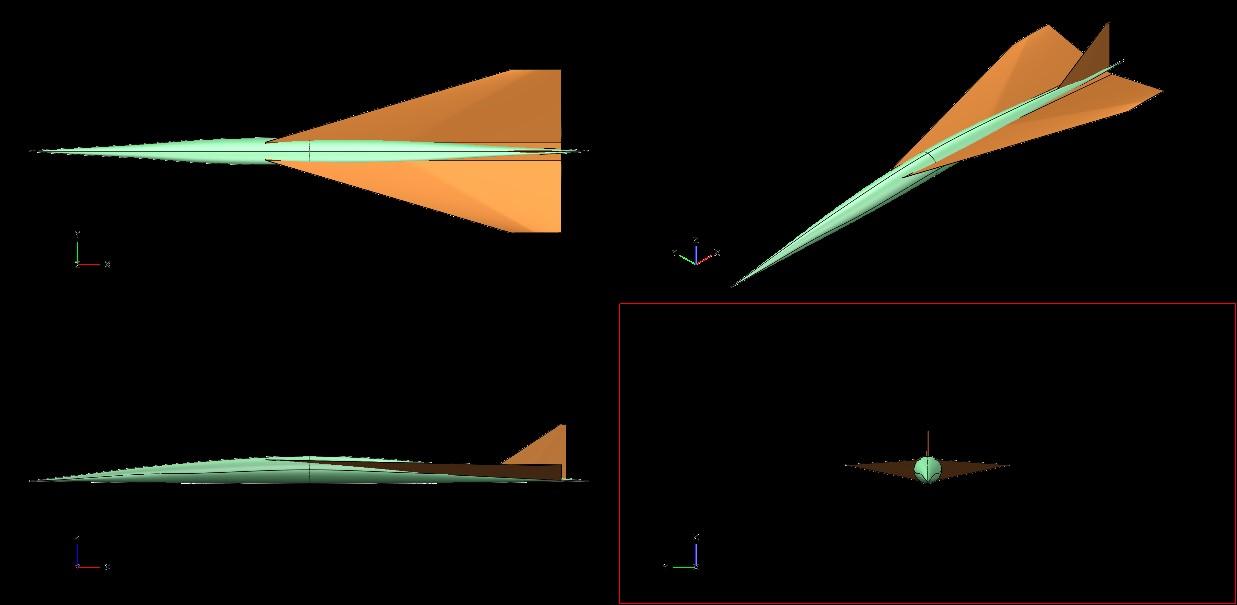

Udaymaan Sidhu
Christian Brothers High School, SacramentoClass of 2023Rocklin, CA
About
Hello! My name is Udaymaan Sidhu, and my Polygence project is to research about the aerodynamic optimization of a 50-passenger aircraft for Mach 5 flight. I chose to work on this project because of my interest in Aerospace Engineering, and passion to design hypersonic aircraft. I would like to pursue my education in Aerospace Engineering.Projects
- "Aerodynamic Optimization of a 50-Passenger Aircraft for Mach 5 Flight" with mentor Tanay (Oct. 26, 2022)
Project Portfolio
Aerodynamic Optimization of a 50-Passenger Aircraft for Mach 5 Flight
Started July 14, 2022

Abstract or project description
Designing an aircraft to fly at supersonic/hypersonic speeds comes with many challenges. These are mainly attributed to the shockwaves formed at those speeds, which create unique flow conditions at these speeds. These challenges lead to unique design considerations in the three pillars of aerospace engineering: propulsion, structures, and aerodynamics. This study is a preliminary design study that explores aerodynamic considerations and provides aerodynamic analysis. It aims to create an optimal aircraft design for a passenger aircraft at Mach 5 cruise speed with 50 passengers. The design study focuses on the aerodynamic impact (lift and drag) of changing the specifications of the wing, where it explores the effects of changing the wingspan, root incidence angle, and root chord length. Using OpenVSP, a parametric aircraft modeling software, multiple wing iterations are created based on the changing variables listed above. VSPaero, a vortex lattice solver, is then employed to evaluate the wings’ aerodynamic performance based on the variables listed above. This design study explores the flight performance metrics of lift-to-drag ratio, skin friction coefficient, wave drag coefficient, induced drag coefficient, and lift coefficient. Using the data gathered from these simulations, this design study establishes a relationship between the design variables and their effect on the aerodynamic performance metrics listed above. These relationships and models are then utilized to define an optimization problem that yields the optimal 50-passenger supersonic aircraft that maximizes lift-to-drag ratio at Mach 5 cruise speed.